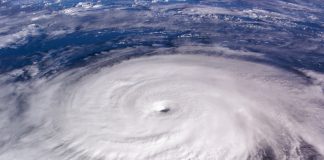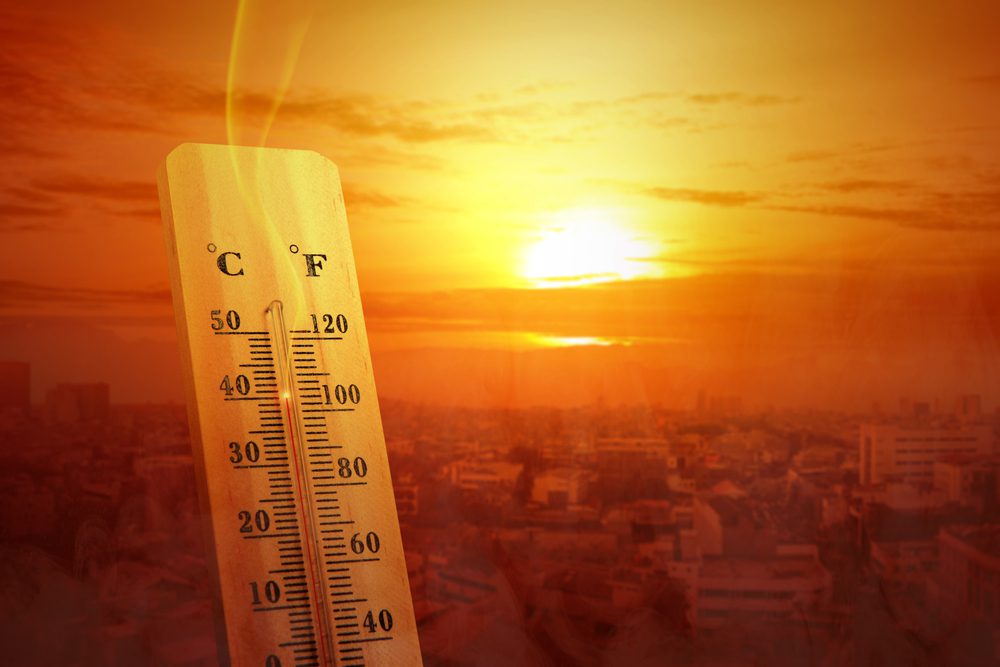
What Are Heatwaves?
A heatwave in Australia is defined as a period of three or more days where the maximum and minimum temperatures are unusually high for a specific location. This definition was produced by the Bureau of Meteorology in 2014 and recognizes that what constitutes a heatwave in one location may not be considered so in another.
Heatwaves can be classified into low intensity, severe, and extreme based on their intensity and duration. The high temperatures can cause heat stress and heatstroke, which can be fatal, particularly for older people, young children, and people with medical conditions.
According to another definition, a heatwave is officially declared when the daily maximum temperature is at least 5° Celsius or 9° Fahrenheit warmer than the average maximum temperature for five consecutive days or more.
Different countries and regions may have different criteria for determining a heatwave.
In Australia, heat waves are a regular occurrence and are known to cause widespread heat-related illnesses and even deaths. Preparing for heatwaves is therefore essential to minimize their impact on individuals, communities and the environment.
This article will explore the characteristics of heatwaves in Australia, their health impacts, and how individuals, communities and local authorities can prepare for them. Understanding heat waves and taking the necessary precautions can reduce their impact and ensure everyone remains safe and healthy during hot weather.
What is the cause of heat waves?
Several factors, including climate change, global warming, and the emission of greenhouse gases into the atmosphere, cause heat waves. These factors cause the Earth’s temperature to increase, leading to more frequent, longer, and hotter heat waves.
The greenhouse effect is one of the main causes of heat waves, as it traps heat in the Earth’s atmosphere, increasing the temperature and frequency of heat waves.
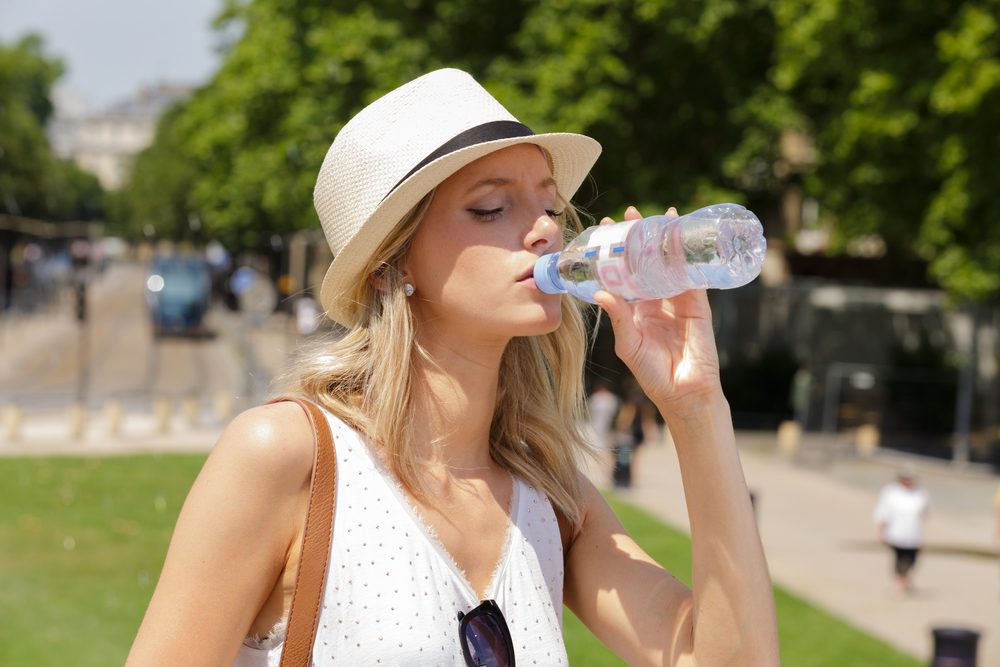
Understanding The Characteristics Of Heatwaves in Australia
Heatwaves in Australia are typically characterized by hot, dry and windy conditions that can last for several days or even weeks. The country’s tropical and subtropical regions are the most affected, with temperatures reaching well above average during heatwave events.
Climate change, deforestation, and urbanization are some factors contributing to Australia’s increasing frequency and intensity of heat waves.
The Health Impacts of Heatwaves
Heatwaves can seriously impact human health, particularly vulnerable groups such as the elderly, children, and people with pre-existing medical conditions. Prolonged exposure to high temperatures can cause heat exhaustion, heat stroke, and other heat-related illnesses.
Symptoms of these conditions include fatigue, dizziness, headache, nausea, and muscle cramps. It is important to seek medical attention immediately if you experience any of these symptoms.
Preparing Your Home For a Heatwave
One of the most effective ways to prepare for a heatwave is to ensure that your home is cool and comfortable. This can be achieved by keeping windows and doors closed during the hottest part of the day, using fans and air conditioning, and ensuring that your home is well-insulated.
It is also important to stay hydrated by drinking plenty of water and avoiding alcohol and caffeine, which can dehydrate the body.
Preparing Your Community For a Heatwave
Preparing for heat waves is a shared responsibility, and communities play a crucial role in ensuring the well-being of their members during hot weather. This can be achieved by encouraging community preparedness, building resilience, and working together to reduce the impact of heat waves.
Local authorities can also play an important role by providing information and resources to help communities prepare and by taking action to mitigate the effects of heat waves, such as opening cooling centres and providing transport to vulnerable groups.
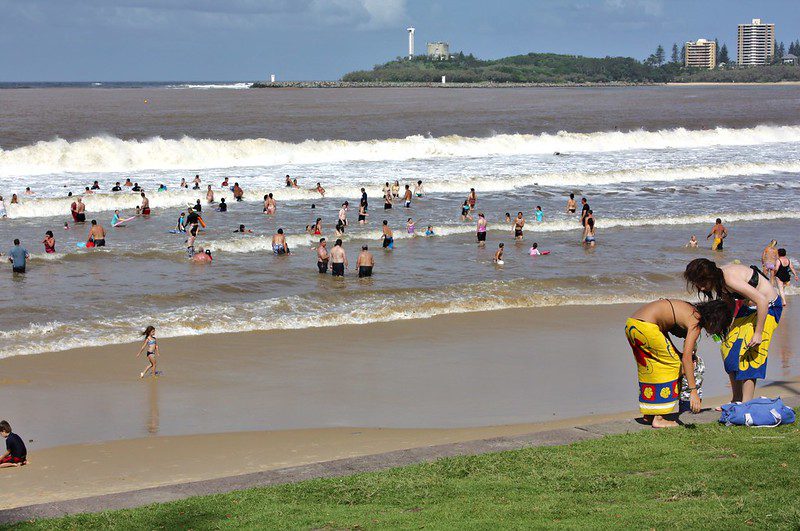
Preparing Yourself For a Heatwave
Staying informed about heatwave warnings and taking precautions during outdoor activities is essential to minimize the impact of heatwaves on your health. This includes wearing light, loose-fitting clothing, staying in the shade, and taking frequent breaks from physical activity. It is also important to stay hydrated by drinking plenty of water and avoiding prolonged exposure to direct sunlight.
5 Things To Do During A Heatwave To Stay Cool and Minimise Its Impact
- Stay hydrated: Drink plenty of water and avoid alcohol and caffeine. Eat light and nutritious meals to help keep your body cool.
- Keep your home cool: Close windows and doors during the hottest part of the day and use fans or air conditioning if available. If your home is hot, consider spending time in air-conditioned public places like shopping centres or libraries.
- Protect yourself from the sun: Seek shade under trees, verandahs, or umbrellas, and use sunscreen. Wear light, loose-fitting clothing made of breathable fabrics and a wide-brimmed hat to protect yourself from the sun.
- Take breaks from physical activity: Avoid strenuous activity during the hottest part of the day. If you need to do outdoor activities, take frequent breaks and stay hydrated.
- Check on vulnerable people: Ensure that vulnerable people, such as the elderly, children, and those with medical conditions, are safe and protected from the heat. Offer to help those in need, such as bringing them water or helping them find a cooler place to stay. By working together and taking care of each other, we can help minimize the impact of heat waves on our communities.
10 Things You Can Do To Prepare For A Heatwave
- Stay informed: Keep track of heatwave warnings and updates from reliable sources such as the Bureau of Meteorology and local authorities.
- Keep your home cool: Install shading, insulation, and ventilation to help keep your home cool. Close windows and doors during the hottest part of the day and use fans or air conditioning if available.
- Stay hydrated: Drink plenty of water, avoid alcohol and caffeine, and eat light and nutritious meals.
- Wear appropriate clothing: Wear light, loose-fitting clothing made of breathable fabrics and a wide-brimmed hat to protect yourself from the sun.
- Protect yourself from the sun: Avoid prolonged exposure to direct sunlight, especially during the hottest part of the day. Seek shade under trees, verandahs, or umbrellas, and use sunscreen.
- Take breaks from physical activity: If you need to do outdoor activities, take frequent breaks and avoid strenuous activity during the hottest part of the day.
- Check on vulnerable people: Ensure that vulnerable people, such as the elderly, children, and those with medical conditions, are safe and protected from the heat.
- Be prepared for power outages: Have a backup plan in case of power outages, such as a battery-powered fan or portable air conditioning unit.
- Prepare your pets: Provide shade, water, and ventilation for your pets and livestock during a heatwave.
- Be a good neighbour: Help your neighbours and community prepare for the heat wave by sharing information and resources and checking on those who may be vulnerable.
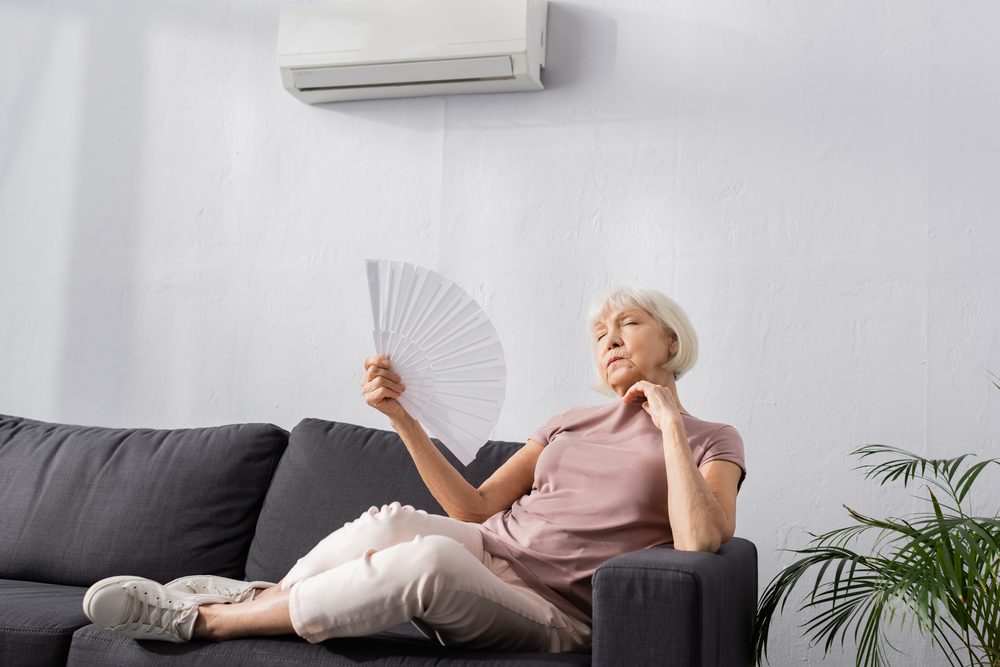
A Timeline Of Australias Worst heatwaves In History
- 2009 Victorian heatwave: On January 6, 2009, a heatwave swept across the state of Victoria, Australia, causing widespread bushfires and claiming 173 lives. Temperatures reached as high as 46°C, making it the deadliest heatwave in Australian history.
- 2019-2020 Summer heatwave: During the summer of 2019-2020, much of Australia experienced a prolonged heatwave, with temperatures reaching as high as 49°C in some regions. Widespread bushfires, power outages, and heat-related illnesses characterized the heat wave.
- 2014 South Australian heatwave: On January 24, 2014, South Australia experienced a heatwave with temperatures reaching as high as 46°C, causing widespread power outages and bushfires. Over 80,000 homes were without power, and several people were treated for heat-related illnesses.
- 2009 Queensland heatwave: In November 2009, Queensland experienced a heatwave with temperatures reaching as high as 43°C. Widespread heat-related illnesses and bushfires characterized the heatwave, and several people died as a result.
- 2019 New South Wales heatwave: In February 2019, a heatwave swept across New South Wales, causing temperatures to reach as high as 44°C. Widespread heat-related illnesses and bushfires characterized the heatwave, and several people died as a result.
- 2013 South Australian heatwave: On January 13, 2013, South Australia experienced a heatwave with temperatures reaching as high as 45°C. Widespread power outages and bushfires characterized the heatwave, and several people were treated for heat-related illnesses.
- 2018 South Australian heatwave: In January 2018, South Australia experienced a heatwave with temperatures reaching as high as 46°C. The heatwave was characterized by widespread power outages, heat-related illnesses, and bushfires, and several people died as a result.
These heatwaves demonstrate the significant impact that hot weather can have on the health and well-being of individuals and communities and underscore the importance of preparing for heatwaves.
By staying informed, taking the necessary precautions, and working together, we can reduce the impact of heat waves and ensure that everyone remains safe and healthy during hot weather.
What are the effects of heat waves on human life?
Heatwaves can have devastating effects on human life, such as large-scale suffering and loss of life, population movements, and increased inequality. A study of students in Boston found that those in rooms without air conditioning during a heatwave performed 13% worse than their peers in cognitive tests and had 13% slower reaction time.
Moreover, heat waves can worsen mental health conditions, leading to stress, anxiety, and other related disorders.
People Who Are Most Affected By Heatwaves And The Effects
Who is most affected by heat waves?
The most vulnerable people during heatwaves are the elderly, young children, pregnant women, and individuals with chronic illnesses. According to the National Museum of Australia, extreme heat waves can be dangerous for everyone if they do not stay cool.
What are the effects of heat waves on the elderly?
Elderly people are more susceptible to heatwaves due to decreased ability to regulate body temperature and decreased sweating ability. As per the Environmental Protection Agency, high temperatures at night can result in extra strain on the heart, causing it to pump harder to regulate body temperature.
What are the effects of heat waves on pregnant women?
Heatwaves can result in significant health stress for pregnant women. Excessive sweating caused by heat waves can alter the balance of electrolytes in body fluids, affecting nerve and muscle function. This can cause breathing difficulties, seizures, or heart muscle spasms.

What are the effects of heat waves on individuals with chronic illnesses?
Individuals with pre-existing conditions affecting the heart and blood vessels are more susceptible to the health impacts of heat waves. The increased strain on the heart during heat waves can cause significant health stress for these individuals.
How do heat waves affect children?
Heatwaves can be particularly dangerous for young children, who may not be able to regulate their body temperature as effectively as adults.
According to the BBC, children can lose water more quickly than adults during heat waves, increasing the risk of dehydration. Additionally, less mobile children may be more susceptible to the effects of heat waves.
How does climate change affect heat waves?
UN climate scientists have calculated that heatwaves will be more than four times more likely at 1.5C of warming. This is because climate change causes the Earth’s temperature to increase, leading to longer, more frequent, and hotter heat waves.
Climate change also affects the intensity, duration, and frequency of heat waves, making them more severe and impacting human life and the environment.
Conclusion
Heatwaves can seriously impact health and well-being, and preparation is essential to minimize their impact. By understanding the characteristics of heatwaves in Australia, their health impacts, and how to prepare for them, individuals, communities, and local authorities can work together to reduce the impact of hot weather.
By taking the necessary precautions and staying informed, we can ensure that everyone remains safe and healthy during heat waves.































































